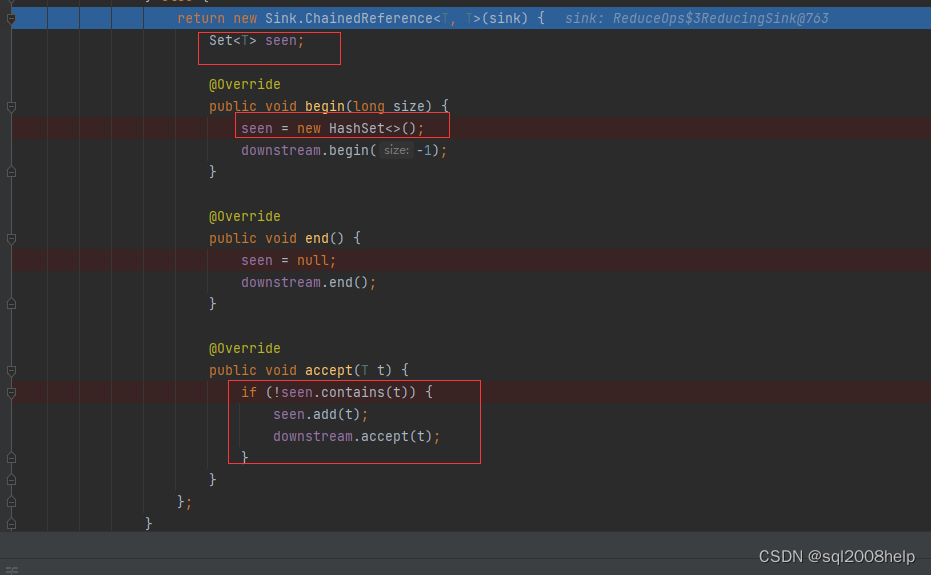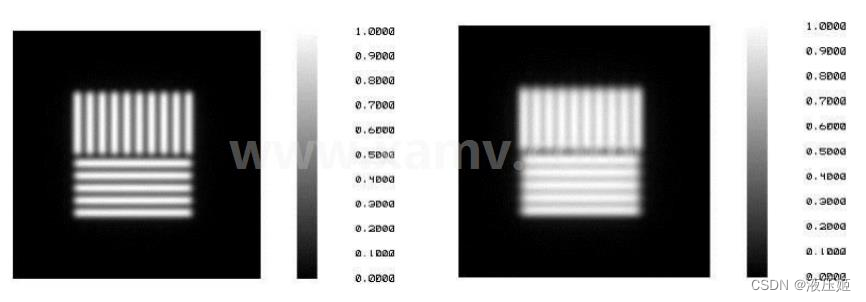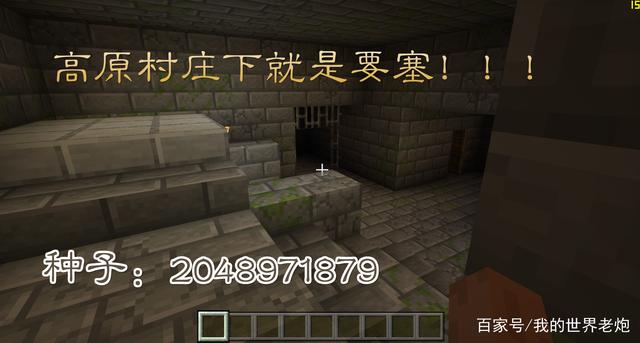JDK8-2-流(2.1)- 流操作-distinct
去重操作,如下开头两个菜品一样,对 menu 去重如下:
public class DishDistinctTest1 {public static final List<Dish> menu = Arrays.asList(new Dish("pork", false, 800, Dish.Type.MEAT),new Dish("pork", false, 800, Dish.Type.MEAT),new Dish("beef", false, 700, Dish.Type.MEAT),new Dish("chicken", false, 400, Dish.Type.MEAT),new Dish("french fries", true, 530, Dish.Type.OTHER),new Dish("rice", true, 350, Dish.Type.OTHER),//季节水果new Dish("season fruit", true, 120, Dish.Type.OTHER),new Dish("pizza", true, 550, Dish.Type.OTHER),//虾new Dish("prawns", false, 300, Dish.Type.FISH),//鲑鱼,三文鱼,new Dish("salmon", false, 450, Dish.Type.FISH));public static void distinctTest() {List<Dish> dishList = menu.stream().distinct().collect(Collectors.toList());System.out.println(dishList);}public static void main(String[] args) {distinctTest();}
}
注意: 对象去重需要重写 equals 和 hashCode 方法(默认对象 equals 方法比较的是对象内存地址是否一致),由 distinct 内部具体实现类 java.util.stream.DistinctOps 可以看出这点。

java.util.HashSet
public boolean contains(Object o) {return map.containsKey(o);
}
java.util.HashMap
public boolean containsKey(Object key) {return getNode(hash(key), key) != null;
}

IDEA 如何自动生成 equals 和 hashCode 方法
空白处右键选择 Generate 或者Alt + Ins 快捷键
@Override
public boolean equals(Object o) {if (this == o) return true;if (o == null || getClass() != o.getClass()) return false;Dish dish = (Dish) o;return vegetarian == dish.vegetarian && calories == dish.calories && Objects.equals(name, dish.name) && type == dish.type;
}@Override
public int hashCode() {return Objects.hash(name, vegetarian, calories, type);
}
使用 filter 方法去重
假设现在需求有变,菜品 Dish 只要名称、是否素食、类型一致即可判断为重复,最直接的方法就是改动 Dish 类中 equals 和 hashCode 方法实现,但是这样会改变原有的规则,导致原来的代码有问题,而且假设还有其他去重的逻辑,那也无法同时满足。
如何实现
① 定义一个 String 类型 的 Set
② 将 Dish 中 name、vegetarian、type 属性拼接成字符串加入到 set 中,利用 Set 集合中无法添加重复元素的特性过滤掉没有成功添加的元素
代码如下:
public class DishDistinctTest2 {public static final List<Dish> REPEATED_DISHES = Arrays.asList(new Dish("pork", false, 790, Dish.Type.MEAT),new Dish("pork", false, 800, Dish.Type.MEAT),new Dish("beef", false, 700, Dish.Type.MEAT),new Dish("beef", false, 690, Dish.Type.MEAT));private static <T> Predicate<T> distinctByKey(Function<? super T, String> keyExtractor) {Set<String> set = ConcurrentHashMap.newKeySet();return t -> set.add(keyExtractor.apply(t));}public static void distinctTest2() {List<Dish> dishList = REPEATED_DISHES.stream().filter(distinctByKey(dish -> String.join("-",dish.getName(), Boolean.toString(dish.isVegetarian()), dish.getType().toString()))).collect(Collectors.toList());System.out.println(dishList);}public static void main(String[] args) {distinctTest2();}
}
打印结果:
[Dish{name='pork', vegetarian=false, calories=790, type=MEAT}, Dish{name='beef', vegetarian=false, calories=700, type=MEAT}]
其中重点代码为 distinctByKey 方法
如果难以理解的话,可以将以上代码用 JDK7 的方式写,如下:
public static void distinctTestWithJDK7() {List<Dish> dishList = new ArrayList<>();Set<String> set = ConcurrentHashMap.newKeySet();for (Dish dish : REPEATED_DISHES) {String key = String.join("-", dish.getName(), Boolean.toString(dish.isVegetarian()), dish.getType().toString());if (set.add(key)) {dishList.add(dish);}}System.out.println(dishList);
}
重复的元素如何保留想要的那一个
① new Dish(“pork”, false, 790, Dish.Type.MEAT),
② new Dish(“pork”, false, 800, Dish.Type.MEAT),
③ new Dish(“beef”, false, 700, Dish.Type.MEAT),
④ new Dish(“beef”, false, 690, Dish.Type.MEAT)
从上面例子的打印结果可以看出保留的是①、③号元素,即两个元素如果重复则保留顺序靠前的,假设现在需求要保留低卡路里的呢
很容易可以想到可以先按照卡路里排序再去重,代码如下:
public static void distinctTest3() {Comparator<Dish> comparator = Comparator.comparing(Dish::getName).reversed().thenComparing(Dish::getCalories);List<Dish> dishList = REPEATED_DISHES.stream().sorted(comparator).filter(distinctByKey(dish -> String.join("-", dish.getName(), Boolean.toString(dish.isVegetarian()), dish.getType().toString()))).collect(Collectors.toList());System.out.println(dishList);
}







